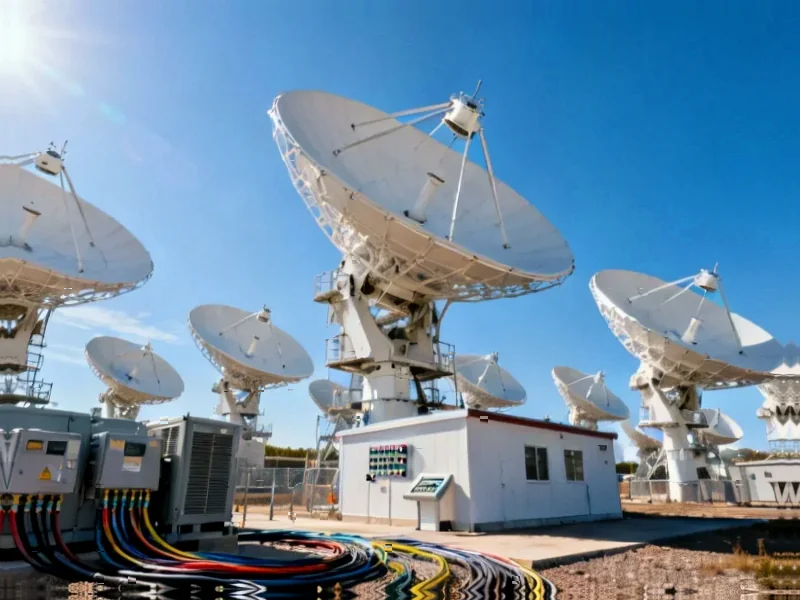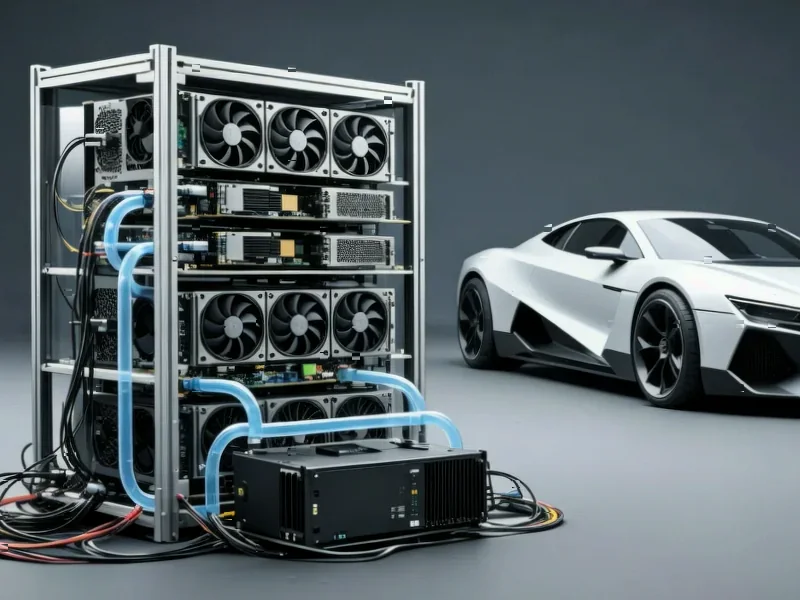According to Ars Technica, Vast’s Haven Demo mission successfully launched into orbit Sunday from Cape Canaveral Space Force Station aboard a SpaceX Falcon 9 rocket as part of the Bandwagon 4 mission. The half-ton spacecraft promptly deployed its solar array and captured 4K video of the operation, marking Vast’s transition to a “proven spacecraft company” according to CEO Max Haot. The company, backed by crypto billionaire Jed McCaleb, is pursuing an iterative development path with Haven Demo testing systems in orbit, followed by the human-rated Haven-1 module scheduled for launch no earlier than May 2026, and eventually the multi-module Haven-2 station in the 2030s. Haven-1 has completed pressure testing and will undergo environmental testing at NASA’s Neil Armstrong Test Facility before launch, featuring 12 solar arrays identical to Haven Demo’s single array and a habitable volume of 1,600 cubic feet for hosting two-week crew visits via SpaceX Dragon spacecraft.
The Iterative Advantage in High-Stakes Space
Vast’s approach represents a fundamental departure from traditional space station development philosophy. While competitors like Axiom Space and others are pursuing comprehensive station designs from the outset, Vast is embracing what Silicon Valley would recognize as agile development—deploying minimum viable products, gathering real-world data, and iterating. This methodology, while common in software, remains revolutionary for hardware where failure can mean catastrophic loss. By testing individual systems like power, propulsion, and thermal control on Haven Demo before they’re mission-critical on Haven-1, Vast is essentially conducting continuous integration testing in the harshest environment imaginable.
The NASA Contract Landscape and Strategic Positioning
The timing of Vast’s progress coincides with NASA’s accelerating push to transition low-Earth orbit operations to commercial providers. With the International Space Station’s retirement looming, NASA has been seeding multiple commercial station concepts through its Commercial LEO Destinations program. Vast’s demonstration of actual hardware in orbit—not just PowerPoint presentations or ground prototypes—positions them uniquely in this competition. The company’s ability to point to functioning systems in space provides tangible evidence of execution capability that could prove decisive when NASA evaluates which companies receive the substantial funding needed to build operational stations.
The Technical Innovation Path Forward
What’s particularly telling about Vast’s approach is their system commonality strategy. By using identical solar arrays, thrusters, valves, and tanks across both Haven Demo and the planned Haven-1, they’re creating a supply chain and manufacturing learning curve that should drive down costs and improve reliability. This modular philosophy extends to their ground operations—using Haven Demo to exercise mission control teams and ground stations creates institutional knowledge that will be invaluable when human lives are at stake. The company’s decision to manufacture Haven-1’s primary structure early and subject it to rigorous testing while simultaneously operating Haven Demo demonstrates a sophisticated understanding of parallel development paths that maximize learning while minimizing schedule risk.
Broader Market Implications
Vast’s progress signals a maturation of the commercial space sector beyond launch services into sustainable orbital infrastructure. Their partnership with SpaceX for both launch and crew transportation creates an integrated ecosystem that could eventually compete with government-led initiatives. More significantly, their iterative approach provides a template for how future space infrastructure might be developed—not as monolithic projects requiring decades of development, but as evolving platforms that grow capability through successive demonstrations. If successful, this could lower the barrier for other companies to enter orbital infrastructure markets, potentially accelerating the development of commercial space manufacturing and research facilities.
The Road Ahead: Technical and Business Challenges
Despite their promising start, Vast faces significant hurdles. The transition from operating an uncrewed demonstrator to maintaining a human-rated habitat involves orders of magnitude more complexity in life support systems, safety protocols, and operational redundancy. Their ambitious schedule—aiming for Haven-1 launch within two years—leaves little margin for the inevitable technical setbacks that accompany complex space systems. Financially, while Jed McCaleb’s backing provides runway, the capital requirements for building and operating a space station dwarf what’s been invested to date. The company will need to demonstrate clear revenue potential beyond NASA contracts, whether through research partnerships, tourism, or manufacturing applications, to justify the continued investment required for their Haven-2 vision.




